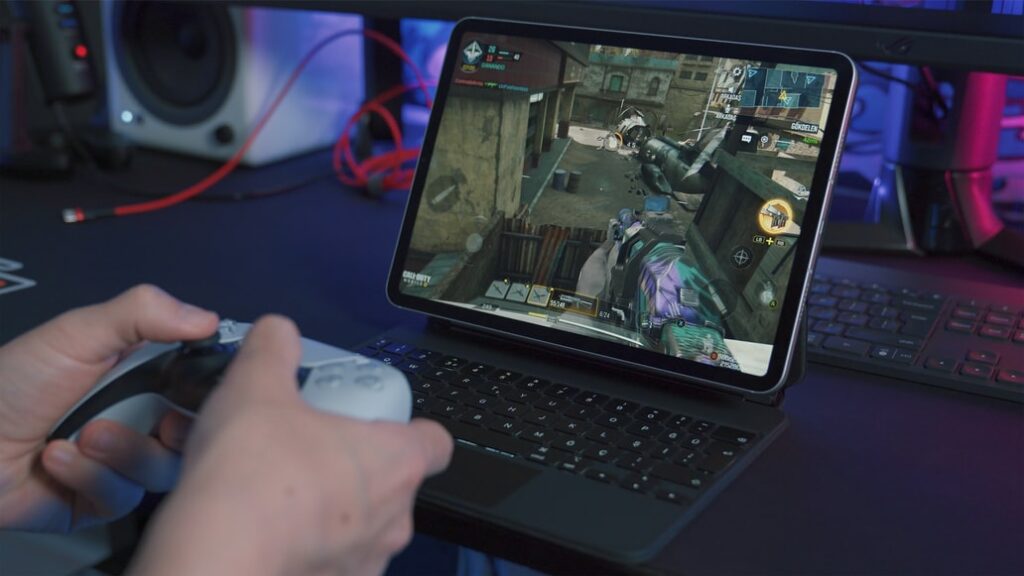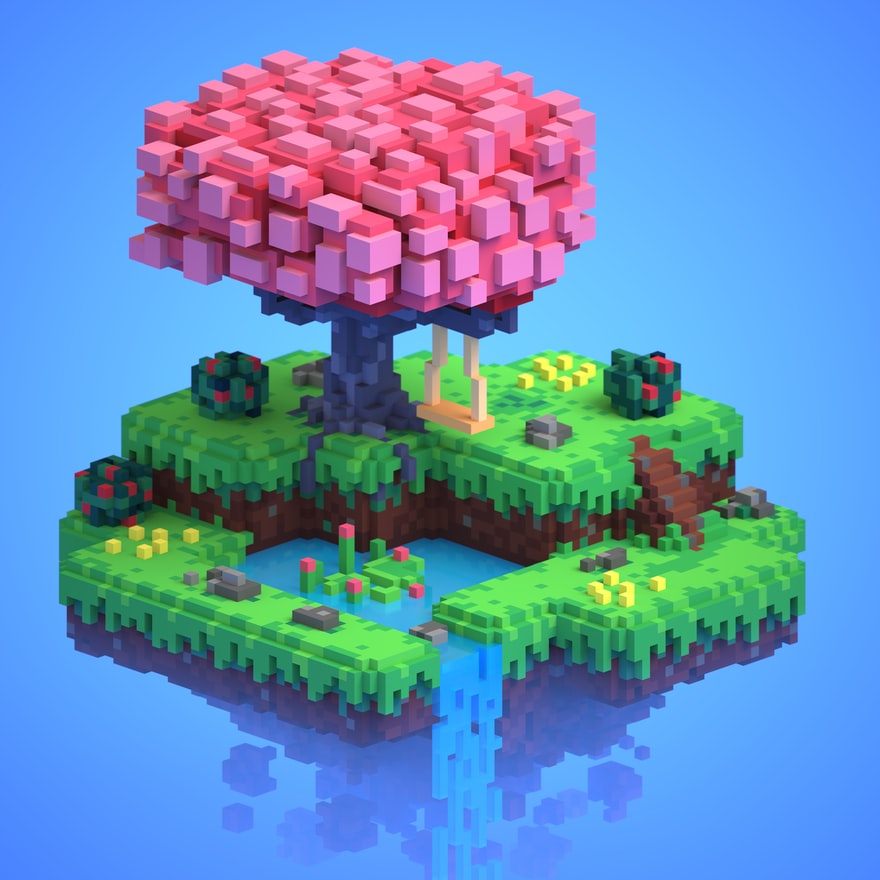

Today’s video games are works of art in more ways than one. At first glance, they are visually spectacular, taking advantage of modern technology to create titles that have ultra-realistic lighting and detail that can make characters look like real people.
But look beneath the surface, and these games are works of art for other reasons. The overall design of the mechanics and levels are impressive feats of human creativity and ingenuity and a testament to the progress of technology.
Games are a storytelling medium, just like books, music, film, and television, except they combine multiple elements together and add in a level of interactivity that can’t be achieved through any of these traditional forms in order to create something entirely new.
For example, the Grand Theft Auto series combines a mix of stunning visuals, movie-level scriptwriting, and music from star musicians to create games that are so compelling and entertaining that players will enjoy them for years or even decades after their release. The same can be seen in Megaways slot games like Power of Thor and Beetlejuice. As well as containing the unique Megaways mechanic, they combine imagery, video, and audio from their respective lore to extend the storytelling.
However, games haven’t always been this complex. For decades, technical constraints held back the designers and programmers from creating exactly what they wanted, but with the hardware found in today’s consoles and computers they’ve been freed to do practically anything they want. Here’s how that happened.
Early Games
You can be forgiven for thinking that early games were not mediums for telling stories and that little effort went into designing them. Back then, it was often the case that titles could be created by a small team of people or even a single programmer, negating the need for the modern job role of “game designer”. However, that doesn’t mean these games weren’t “designed”.
Hardware limitations were very restrictive in the 1980s, so early games like Donkey Kong may seem like there is no story. That is far from the case though, as this arcade platformer chronicles the plight of Pauline who is kidnapped by Donkey Kong. Players control Jump Man, who was later renamed to Mario, in an attempt to rescue her.
Jump Man followed Donkey Kong and Pauline through a construction site, dodging the barrels tossed at him by the gorilla. While primitive, the game even used cutscenes to help advance the plot.
Many of the visual choices were a product of the hardware limitations. For example, Mario’s moustache helped to add more obvious facial features with few pixels and his hat removed the need for hair animations.
Even as graphics improved, little more could be achieved in games until the 1990s.
Creating Real Worlds
For most of their existence, games have been mostly linear with the plot predetermined by the creators. However, modern game designers have been striving to add more freedom to their titles for many years.
One of the earliest attempts of this was the original Grand Theft Auto. Released for the PC in 1997, it offered players an entire city to explore with no fixed path to follow. They could roam around doing whatever they liked or go to phone boxes to be given missions to complete. The designers thought of everything from the choice of radio stations in the car to the way NPCs seemed to be living in a real metropolis.
However, this design would push contemporary hardware to its limits, requiring the visual elements to be turned down. Instead of the 3D perspective that most titles were offering at the time, GTA used a top-down 2D view instead.
As hardware improved further, designers got to build on this initial approach by creating these giant open worlds in 3D.

Computer Design
Some developers have gone another step further in recent years by delegating a large part of the design process to an algorithm. This isn’t out of laziness or some sort of cynical plot to reduce the number of people game companies need to employ. Instead, it’s in the pursuit of the most realistic games ever.
By using a process called procedural generation, designers can create infinite worlds that always look unique. It’s found in titles like Minecraft, Star Citizen, and No Man’s Sky so that players always have something new to explore.
With that, game development has gone from having to find creative ways to make a collection of pixels loosely resemble a human to using complicated mathematics to create an open world that is never repetitive.






